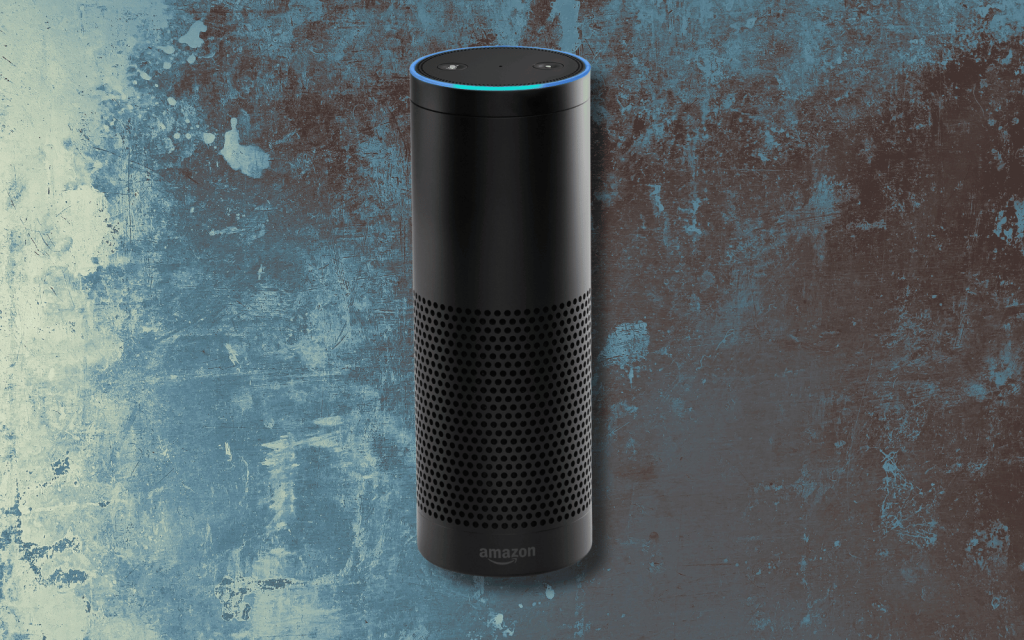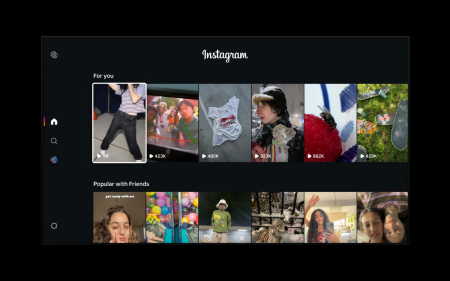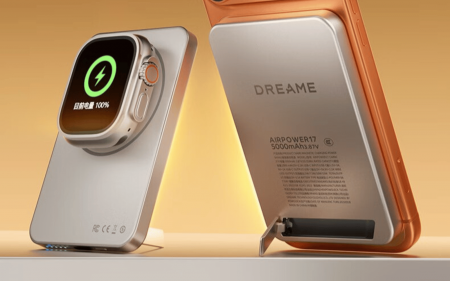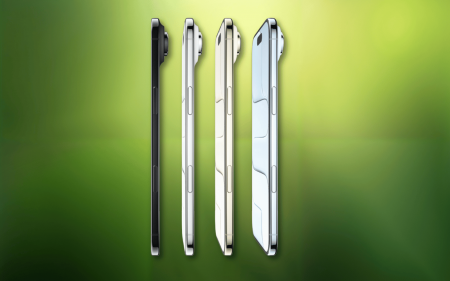Alexa, tell me the exciting origin story of the very first Echo!
Sorry, but you can’t chat with websites just yet… although, given how many Alexa devices have arrived since the original Echo, it’s probably only a matter of time. After all, back in 2014, the idea of a talking speaker was just as strange, and early adopters were cautious. Sure, it was easier to ask Alexa to play a tune than pulling out your phone to send it across via Bluetooth. But there was something vaguely dystopian about that first always-connected, always-listening Amazon Echo.
The severe industrial design surely didn’t help: Jony Ive rethinks a Pringles tube?
That space-age cylinder screamed ‘tech’ in a way that today’s cute Echo models do not. Fortunately, despite its uncanny valley voice, that first Echo was pleasant to talk to. Once you got over the fact that you were asking a minimalist Dalek for a weather report or to add an item to your grocery list (on Amazon Prime, of course), it felt
natural. And once it quickly began to expand its capabilities, the Echo soon felt less like a soulless gadget and more like a helpful home companion.
Which is why you can’t swing a cat in some homes without banging its head on one…
Amazon quickly recognised it wanted an Echo in every home. The range exploded. Prices tumbled. Even the sound – which was already pretty good – improved. As did Alexa, which before long bossed you about over missed meetings, made restaurant recommendations, and ended dinner-table arguments by accurately detailing the habitat range of the binturong. But the smartest move might have come even before the Echo’s launch, in replacing ‘Amazon’ as the wake word. That would have been a bit too on the nose.




